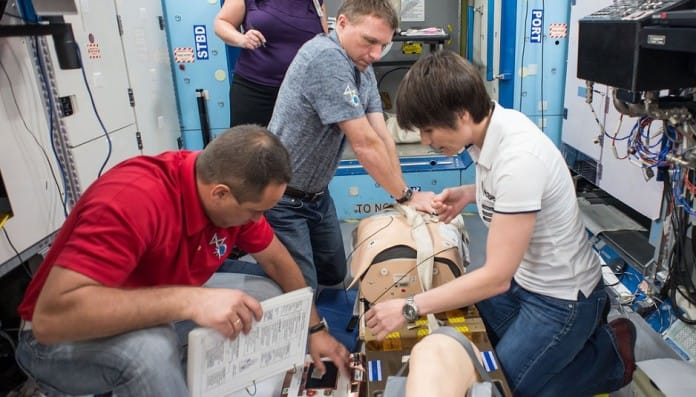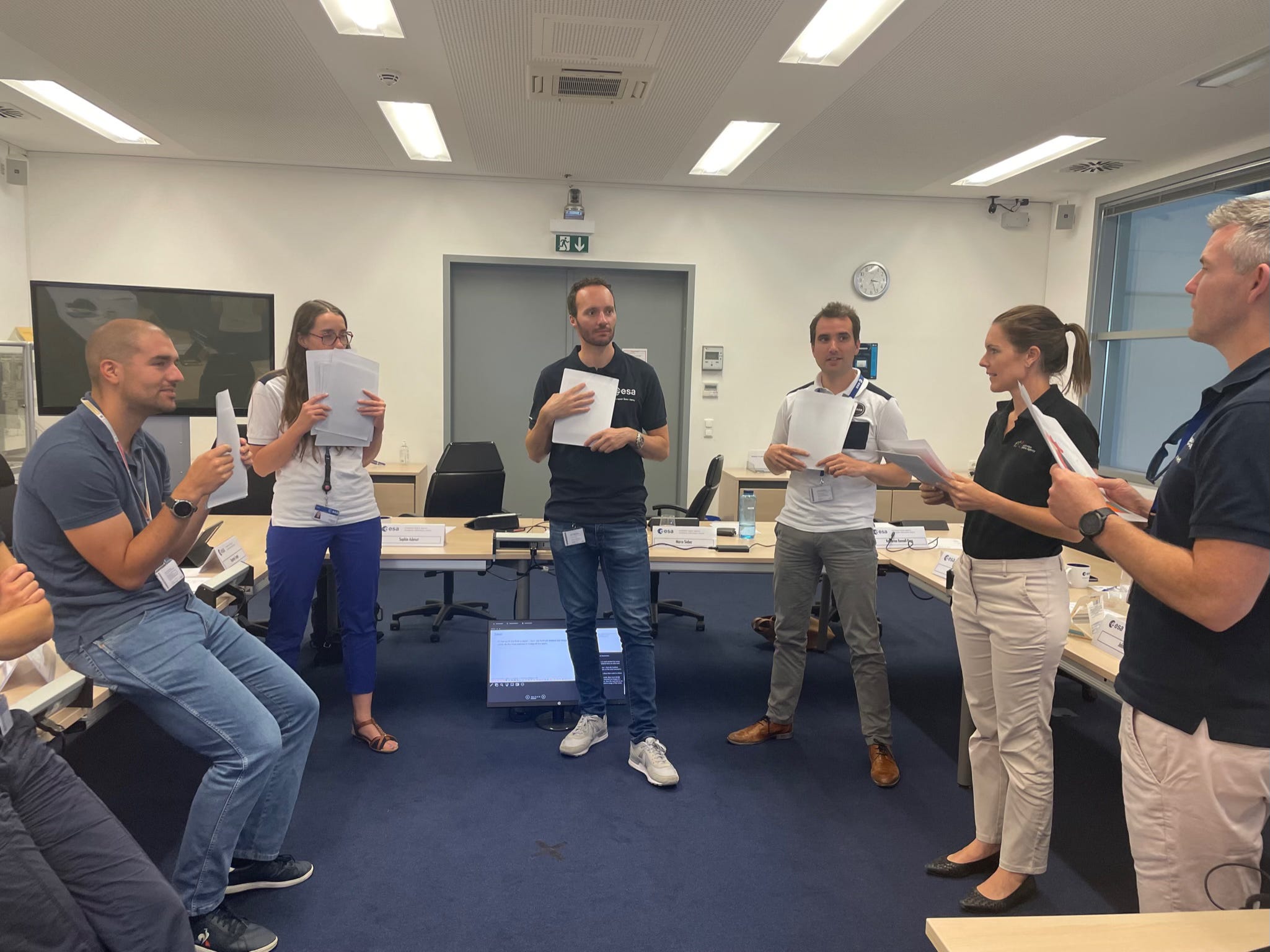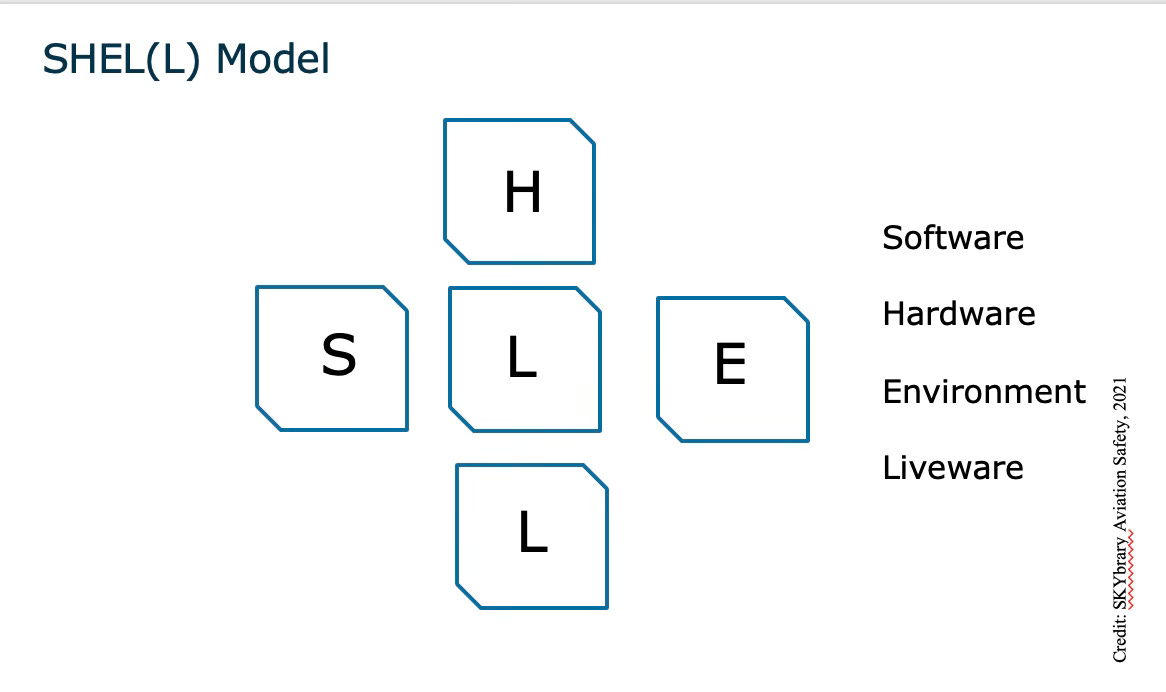Introduction to Human Factors for ESA Astronauts
Lesson 1 from ESA Astronaut Training

✨ This post is from the archive 🏛️. Migrated from Substack when we moved our writing to Ghost. ✨
As promised, here is Day 1, Lesson 1 of Human Factors from the ESA astronaut training I delivered. Here's what we covered...
What is Human Factors?
Human Factors is a multidisciplinary field dedicated to understanding and optimising the interactions between humans and other elements within a system.
It focuses on improving safety, performance, and well-being by considering human capabilities and limitations.
Why Human Factors?
Human Factors is crucial in safety-critical industries such as aviation, space, healthcare, and energy.
For instance, in the aviation industry, human factors training emerged in response to numerous accidents attributed to human error.
This led to the development of Crew Resource Management (CRM) training, aviation's counterpart to Human Factors training in other fields.

Key Concepts in this Lesson:
1. Understanding Human Capabilities and Limitations:
This involves applying scientific knowledge of humans and how our brains work to optimise system performance and reliability, ensuring safety and well-being.
2. Learning from Past Incidents:
Most of what we know and teach about Human Factors is done by analysing previous accidents and operational experiences.
In doing so, we can identify potential risks, improve processes and designs, and develop strategies to prevent future incidents and accidents.
3. The SHEL(L) Model:
This is a simple model to convey the different parts of any organisation and how they interact with each other.

🗒 Software: Rules, procedures, and written documents.
🛰 Hardware: Machines, interfaces, and physical infrastructure.
👩⚖️ Environment: Social, legal, political, and economic climate, as well as the physical workspace.
👩🚀 Liveware: The human components within the system, such as astronauts, engineers, and management.
Humans, represented by [L] Liveware, are at the core.
The other components—Software, Hardware, and Environment—interact to enhance human performance and accommodate human limitations.
Failure to consider these aspects can lead to errors and safety risks.
Additionally, the Liveware-Liveware interface emphasises the importance of interactions between individuals, such as leadership, teamwork, and communication.
Human Factors isn't just about preventing errors; it's about designing systems, processes, and organisations that support human performance and mitigate risks.
Over the next few articles, I'll share more lessons and insights into Human Factors, its applications, and its impact on various industries.




